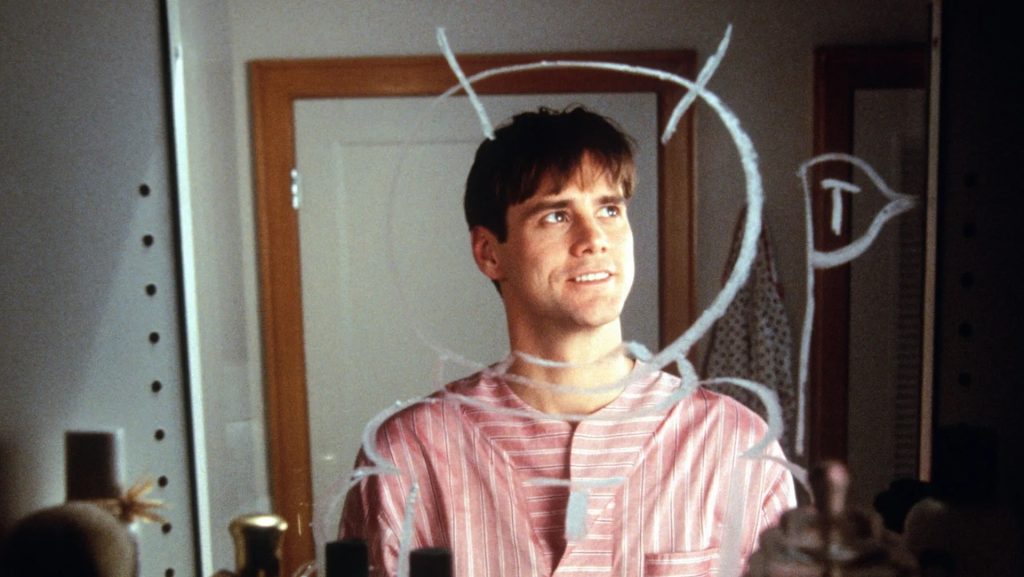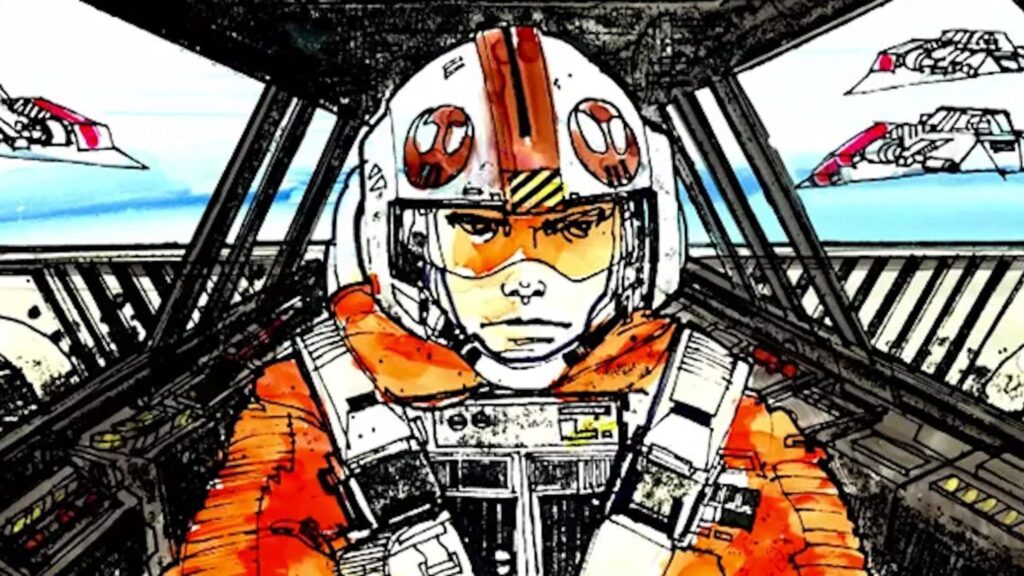Storyboarding isn’t “writing,” at least not in the way you might think, because it’s not typing on a page according to industry-established standards. Stories that connect emotionally can be created through images, and, in a world where so many budding writers are learning how to be multi-hyphenate, it’s worth asking – does your script have a storyboard?
What is a storyboard?
According to the Merriam-Webster dictionary, a storyboard is “a panel or series of panels arranged with a set of sketches describing important changes in scene and action in a sequence of shots (for a movie, television show, or commercial).”
If you’ve seen behind-the-scenes videos of animated movies, you’ve probably seen them before. You can watch the final film and Pixar’s storyboards side-by-side toy story See it in action.
You’ll notice that these images are very simple, even simpler than a comic strip in a newspaper. It’s an art and a skill that takes time to learn, but if we think of it as a way to improve your writing, you don’t need to cherish it.
Improve your prose
So why should writers try storyboarding? As we all know, this is a visual medium, and it’s important to think of your page not as a novel-style story, but more like a canvas on which you paint.
Your ability to watch a movie frame by frame in your mind will improve your writing skills. Screenwriting is often considered a very boring style of writing. By forcing yourself to think more intuitively, your writing will appear more cinematic on the page. By thinking through the framework of each major beat, this will translate to the page for you to direct.
You can use language in your script that guides the camera (cut-ins, close-ups, etc.), or you can visually describe what’s in the frame, hinting at where the camera is through what we see.
If you find that your action lines are often focused “inside” or that your characters express their feelings exactly and without any nuance, try drawing some frames and describing what you see in the simplest and most meaningful way. Influence terms.
How to practice storyboarding a scene
Many times animators will have a mirror near their desk and they will look in the mirror and make facial expressions before drawing them to make sure they are focusing on the most important lines.
You can do this too, but try looking at your face and just draw the eyes, eyebrows, and mouth. Are the lines aggressive? Soft? Strong? What do they think about the character’s inner feelings when they make this positive expression?
Again, it doesn’t have to be perfect, but it’s a good exercise that can help your writing stand out.
Read more: 5 things screenwriters should learn when watching movies


“Truman’s World” (1998)
Tips for multiple hyphens
As the entertainment industry continues to grow, it becomes increasingly important to look beyond your own skills and maybe even try new ones so you can perform as a generalist.
Maybe you don’t want to be a storyboard artist or work in animation, but if you also work or are interested in working as a director or cinematographer, it’s crucial to know how to storyboard. Even if you don’t dream of directing yourself, storyboarding can give you an idea of how a director, cinematographer, and producer will view your script and write it in a way that excites them.
Arguably, writing for a competition as a sample for a manager or as a specification for potential production would be slightly different. Sometimes those differences are budgets, as you cut back on the cast or scope to keep a potential financier happy. Other times, you make a character bigger and more dramatic to appeal to someone specific to your actor.
For contests, you may prefer a certain genre so that there is no issue with tone or theme. If you are writing with the intention of producing your story, you need to make sure that any director or producer can read your script and understand your ideas.
Once you sell the script, there’s a good chance you won’t have the same control over the story, but if the director can see it, your chances of seeing the movie you imagined on screen are much higher. And fall in love with the full view you get on the page.
For managers, showing that you’re good at creating visual stories on the page can make you stand out. You can also create some storyboards of important moments and bring them to your pitch and use them when selling the story to potential buyers.
If you’re just starting out, storyboards are another great tool you can use when looking for opportunities and connections. Or even make their scripts for friends for free just for practice.
—
In screenwriting, it’s not enough to have great dialogue or solid structure. Without a strong line of action guiding the team to create great visuals, you’re unlikely to stand out from the crowd, and you might not like the way it looks on screen (even if you’re just grateful it was made in the first place).
In an industry that is rapidly reinventing itself, don’t be afraid to reinvent or evolve by mastering a great skill that can make you a better writer.
Read more: 5 ways becoming a professional screenwriter will change your writing process

